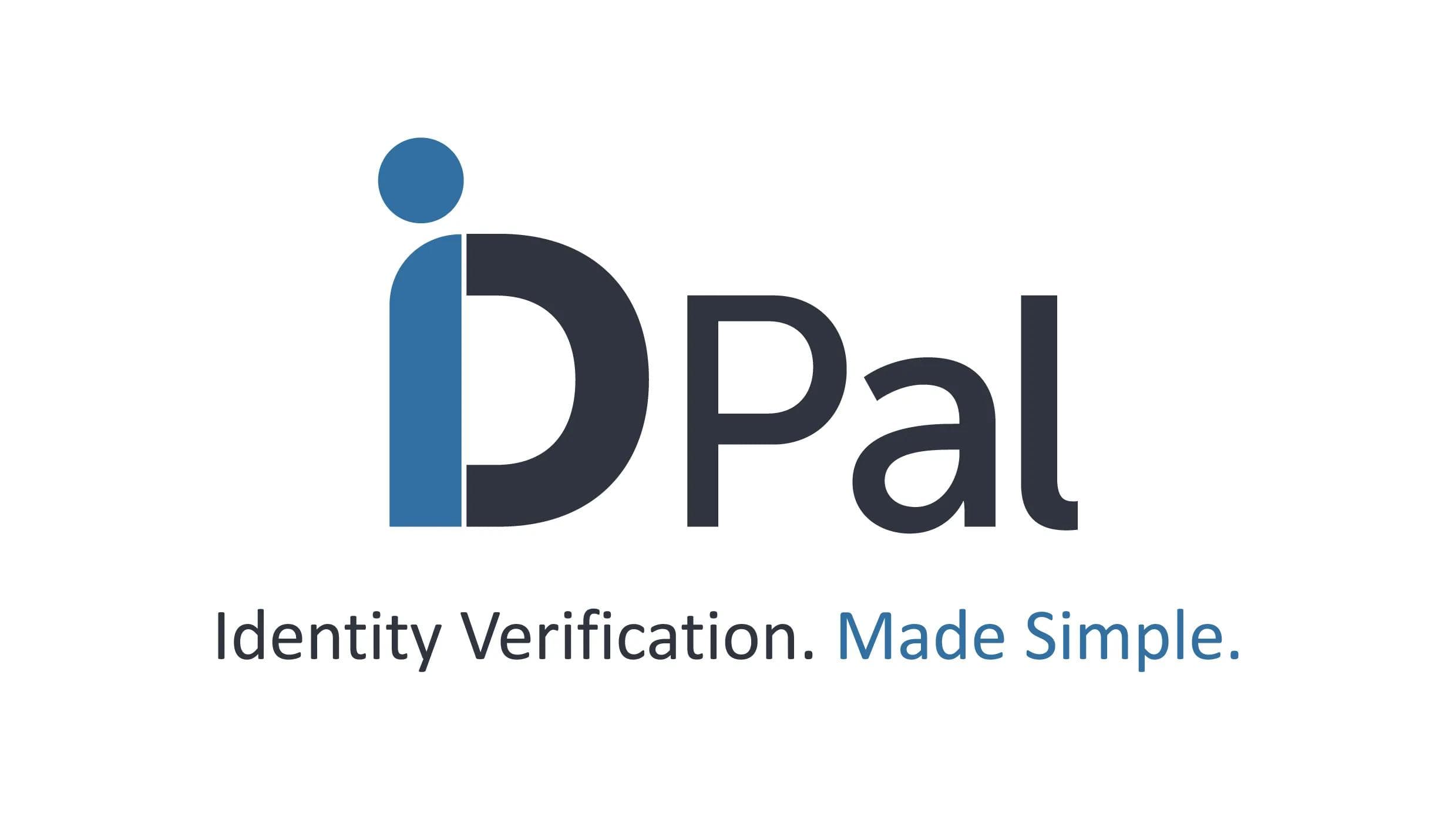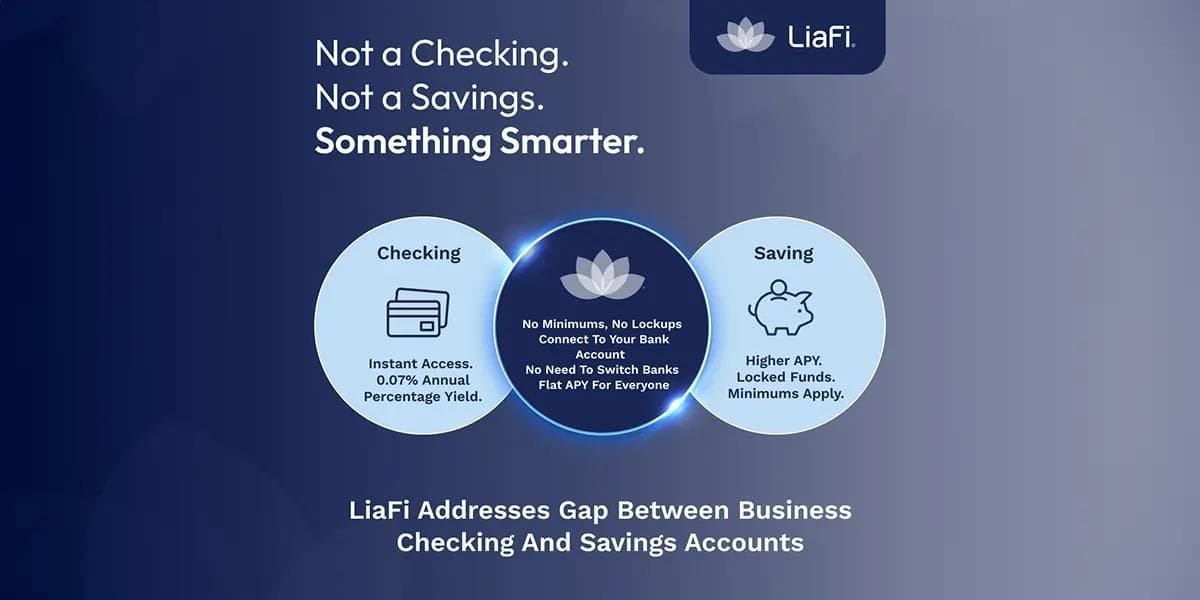Debunking AI myths: what you need to know
Debunking AI myths: what you need to know
Published by Gbaf News
Posted on May 12, 2018

Published by Gbaf News
Posted on May 12, 2018

Chris Cavey, business director at Dare
AI is developing. It’s exciting, and it’s very easy to consider diving right in and investing heavily. Look at BNY Mellon – last year it announced the deployment of 220 bots across its infrastructure, claiming that it’d save at least $300,000 annually.
But AI isn’t the answer to all of the financial sector’s problems. It too has its own flaws, and businesses shouldn’t be blinded by the shiny new possibility it offers. There are many myths, many party lines businesses seem to follow without fully investigating the topic.
This is particularly relevant when we speak about AI. The technology has the potential to transform your business, but only for very specific issues; however, all too often it’s sold as the silver bullet that will ensure greater productivity, profits and more. Here are the main myths we need to quash before we can have a proper conversation about AI’s capabilities.
We have to adopt AI solutions
Why do you feel you have to adopt AI? Because everyone’s talking about it? How are they talking about applying AI? Just because it works for someone else, doesn’t mean it’s right for your business. It won’t instantly improve operations. You need to carry out the due diligence before even considering serious AI investment. Because it relies heavily on data, algorithms, programming and machine learning. This is all stuff you can’t decide on a whim. Identify specific use cases where AI could actually add value across your business before diving in.
I’m putting all my tech/digital budget into AI, right now
Again, don’t rush in. It’s not as simple as throwing a load of cash at technology and willing it to work. Assuming that your business practices are in place, machine learning and algorithms still take time to extract insights that will move the needle for your venture.
Your digital transformation team should therefore set roadmaps with realistic expectations on AI-powered solutions, in short-term vs long-term scenarios. Work out what the highest priority use cases are; the routes that will deliver the best performance in all scenarios for your business. If it looks great for the long-term but not for the short-term, can you sustain yourself as you work towards the future? Likewise, is a short-term boost going to really reap benefits five, ten, twenty years down the line?
AI will instantly make my business run more efficiently
Not instantly. Dreaming of technological, man-made ‘brains’ with the cognitive ability to respond to your customers’ needs, in real time and with palpable emotional intelligence, is a long way off. You want to have real EQ, to create a system that genuinely works for everyone in your business, no matter what their role, experience or age.
But you must, must think IQ before EQ. Having identified the specific use cases mentioned previously, you should then apply the business model, practices and governance to be set up for success. AI use cases depend on vast amounts of data – the establishment and organisation of which is a task in itself – alongside specific, tailored programming requirements and training of algorithms.
Yes, the end goal for AI is to create a seamless, hyper-personalised experience that streamlines business, creating a bespoke working method for the individual using said technology. But to get here, you need to put in the groundwork. Get your IQ locked down first – EQ can wait.
AI will automate jobs… it is self-sufficient, isn’t it?
AI is already changing the way things are done, but it’s not going to wipe out the world of work as we know it. Jobs will be redistributed, rather than disappear. AI will drive many innovations, but we’re quite a way from programmes running entirely on their own.
The technology in question depends on the right skills in the workforce, policies, governance plans and supporting systems around it; implementing AI in one aspect of the business and allowing little to no room for expansion across the rest of the ecosystem creates a siloed model. As the rest of the company develops, your AI corner will become less relevant, less compatible with the evolving tech stacks in other departments.
But… there are shortcuts, right?
There are no shortcuts. It’s going to be hard work. And sometimes you can’t do it on your own. Sometimes you have to listen to outsiders, invite them into your business, collaborate with people who are empathetic to both the technology on offer and your business.
And that’s the beauty of humans relying on machines. Because by nature, we can sit there and think about one conclusion, then pivot and come to another, in the complete absence of data. AI can’t do that. Because, also by nature, AI isn’t human. We make the rules. We create the future. But don’t be fooled into believing the technologies are more capable than they really are.
Chris Cavey, business director at Dare
AI is developing. It’s exciting, and it’s very easy to consider diving right in and investing heavily. Look at BNY Mellon – last year it announced the deployment of 220 bots across its infrastructure, claiming that it’d save at least $300,000 annually.
But AI isn’t the answer to all of the financial sector’s problems. It too has its own flaws, and businesses shouldn’t be blinded by the shiny new possibility it offers. There are many myths, many party lines businesses seem to follow without fully investigating the topic.
This is particularly relevant when we speak about AI. The technology has the potential to transform your business, but only for very specific issues; however, all too often it’s sold as the silver bullet that will ensure greater productivity, profits and more. Here are the main myths we need to quash before we can have a proper conversation about AI’s capabilities.
We have to adopt AI solutions
Why do you feel you have to adopt AI? Because everyone’s talking about it? How are they talking about applying AI? Just because it works for someone else, doesn’t mean it’s right for your business. It won’t instantly improve operations. You need to carry out the due diligence before even considering serious AI investment. Because it relies heavily on data, algorithms, programming and machine learning. This is all stuff you can’t decide on a whim. Identify specific use cases where AI could actually add value across your business before diving in.
I’m putting all my tech/digital budget into AI, right now
Again, don’t rush in. It’s not as simple as throwing a load of cash at technology and willing it to work. Assuming that your business practices are in place, machine learning and algorithms still take time to extract insights that will move the needle for your venture.
Your digital transformation team should therefore set roadmaps with realistic expectations on AI-powered solutions, in short-term vs long-term scenarios. Work out what the highest priority use cases are; the routes that will deliver the best performance in all scenarios for your business. If it looks great for the long-term but not for the short-term, can you sustain yourself as you work towards the future? Likewise, is a short-term boost going to really reap benefits five, ten, twenty years down the line?
AI will instantly make my business run more efficiently
Not instantly. Dreaming of technological, man-made ‘brains’ with the cognitive ability to respond to your customers’ needs, in real time and with palpable emotional intelligence, is a long way off. You want to have real EQ, to create a system that genuinely works for everyone in your business, no matter what their role, experience or age.
But you must, must think IQ before EQ. Having identified the specific use cases mentioned previously, you should then apply the business model, practices and governance to be set up for success. AI use cases depend on vast amounts of data – the establishment and organisation of which is a task in itself – alongside specific, tailored programming requirements and training of algorithms.
Yes, the end goal for AI is to create a seamless, hyper-personalised experience that streamlines business, creating a bespoke working method for the individual using said technology. But to get here, you need to put in the groundwork. Get your IQ locked down first – EQ can wait.
AI will automate jobs… it is self-sufficient, isn’t it?
AI is already changing the way things are done, but it’s not going to wipe out the world of work as we know it. Jobs will be redistributed, rather than disappear. AI will drive many innovations, but we’re quite a way from programmes running entirely on their own.
The technology in question depends on the right skills in the workforce, policies, governance plans and supporting systems around it; implementing AI in one aspect of the business and allowing little to no room for expansion across the rest of the ecosystem creates a siloed model. As the rest of the company develops, your AI corner will become less relevant, less compatible with the evolving tech stacks in other departments.
But… there are shortcuts, right?
There are no shortcuts. It’s going to be hard work. And sometimes you can’t do it on your own. Sometimes you have to listen to outsiders, invite them into your business, collaborate with people who are empathetic to both the technology on offer and your business.
And that’s the beauty of humans relying on machines. Because by nature, we can sit there and think about one conclusion, then pivot and come to another, in the complete absence of data. AI can’t do that. Because, also by nature, AI isn’t human. We make the rules. We create the future. But don’t be fooled into believing the technologies are more capable than they really are.
Explore more articles in the Top Stories category











